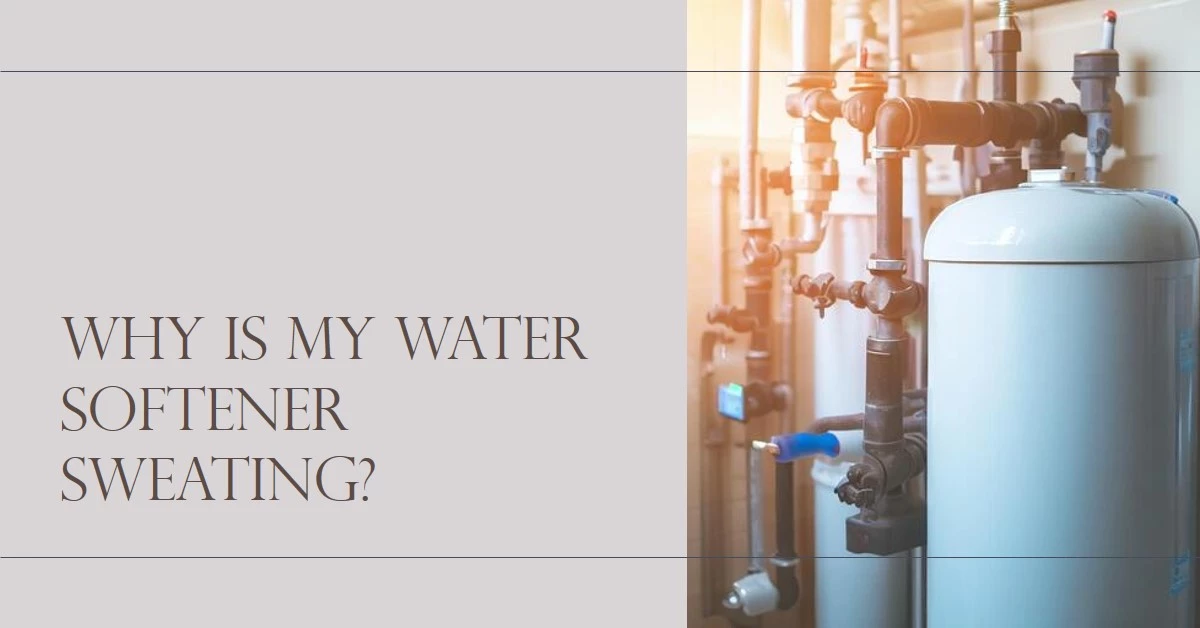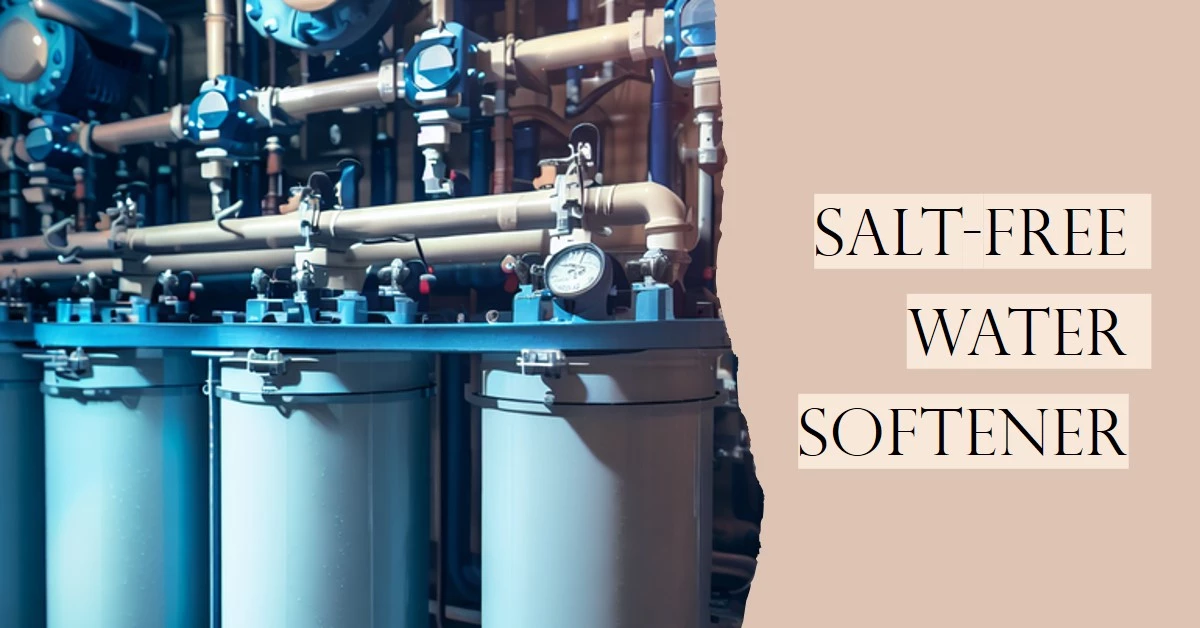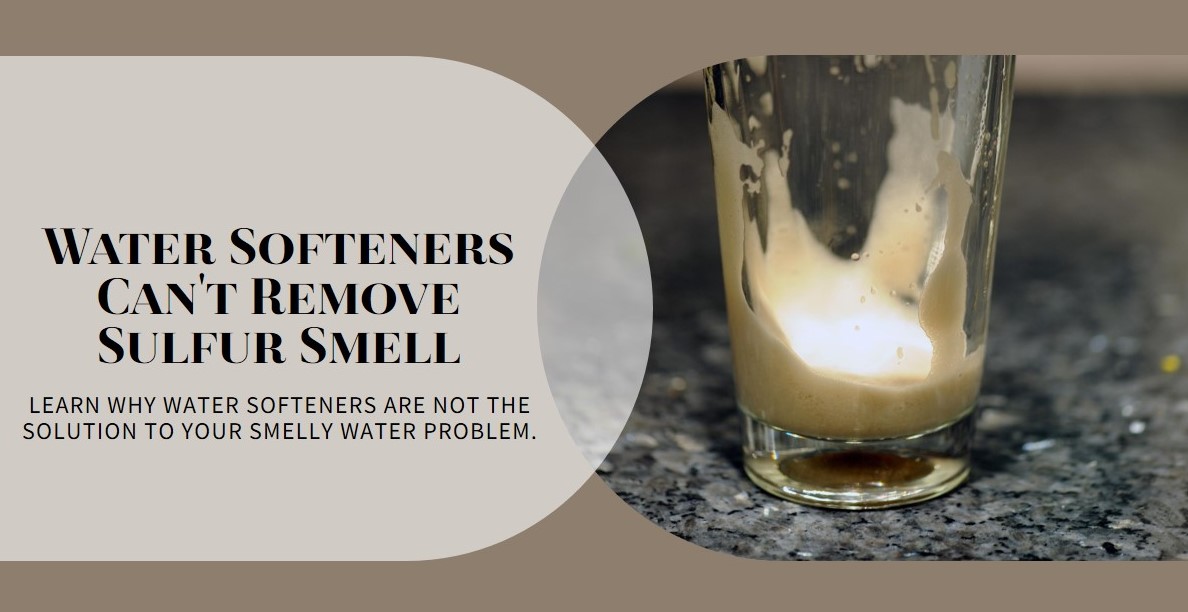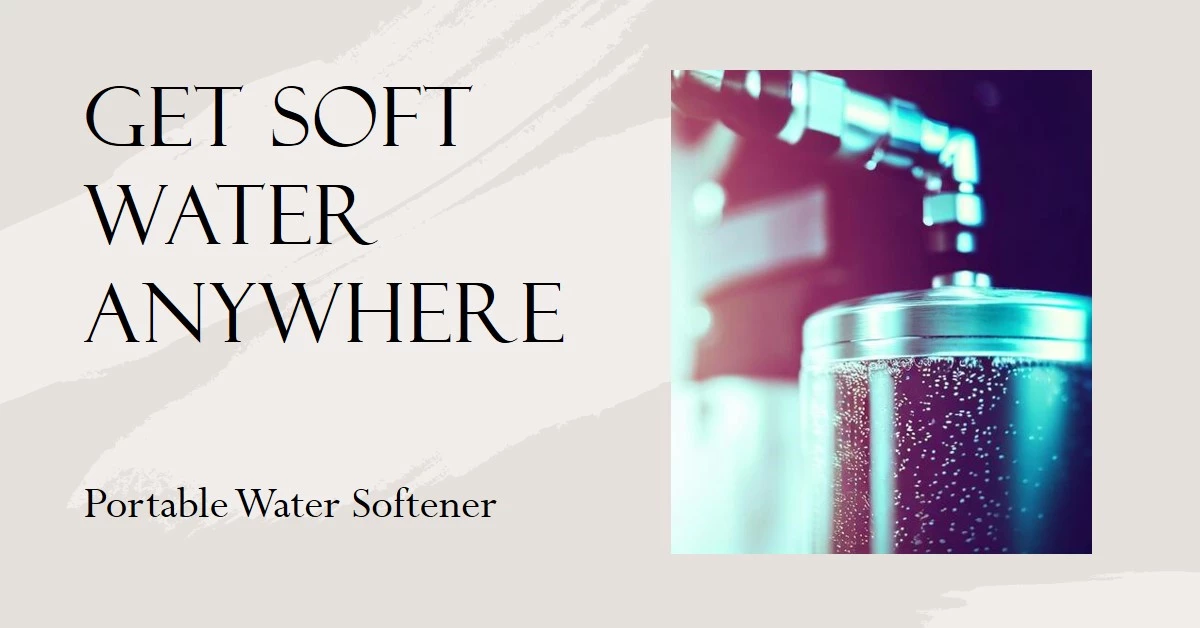If you have a water softener system installed in your home, you may have noticed condensation or sweating on the outside of the tank. This can be a cause for concern as it can damage your water softener system and create health risks associated with mold and mildew growth. In this article, we will discuss the causes of water softener sweating, its effects, and provide solutions to prevent and troubleshoot the issue.
Understanding Water Softener Systems
Before we dive into the causes of water softener sweating, it’s important to understand how water softener systems work. Water softeners are designed to remove minerals such as calcium and magnesium from hard water, which can cause damage to your plumbing, fixtures, and appliances. There are two main types of water softeners: salt-based and salt-free. Salt-based water softeners use ion exchange to remove minerals from water, while salt-free water softeners use a different technology such as template-assisted crystallization.
The parts of a water softener system include a resin tank, a brine tank, a control valve, and a distributor tube. The resin tank contains resin beads that attract minerals from the water, while the brine tank holds salt and water to regenerate the resin beads. The control valve regulates the flow of water through the system, and the distributor tube ensures even distribution of water through the resin beads.
Causes of Water Softener Sweating
High Humidity Levels
One of the most common causes of water softener sweating is high humidity levels in your home. When the air is humid, it can cause moisture to accumulate on the surface of the tank. This can be exacerbated by poor ventilation and low airflow around the tank.
To prevent water softener sweating caused by high humidity levels, it’s important to measure indoor humidity levels and take steps to reduce them. You can use a hygrometer to measure indoor humidity levels and use a dehumidifier to reduce humidity levels.
Low Airflow Around the Water Softener Tank
Another cause of water softener sweating is low airflow around the tank. When the tank is located in a small, enclosed space with poor ventilation, it can create an environment where moisture can accumulate and cause sweating.
To improve airflow around the tank, make sure it is located in a well-ventilated area and consider installing a fan to improve air circulation.
Temperature Changes
Temperature changes can also cause water softener sweating. When the temperature fluctuates, it can cause moisture to accumulate on the surface of the tank. This can be caused by changes in the temperature of the water or changes in the temperature of the air around the tank.
To prevent water softener sweating caused by temperature changes, it’s important to maintain consistent temperature levels. You can do this by insulating the tank, maintaining consistent indoor temperature levels, and avoiding sudden changes in water temperature.
Salt Bridge or Malfunctioning Brine Tank
A salt bridge is a buildup of salt in the brine tank that can prevent the resin beads from being regenerated properly. This can cause the resin beads to become less effective at removing minerals from water and create an environment where moisture can accumulate on the surface of the tank.
To prevent water softener sweating caused by a salt bridge or malfunctioning brine tank, it’s important to check the salt level in the brine tank regularly and avoid overfilling it. If you notice a salt bridge has formed, you can break it up using a broom handle or other tool.
Faulty Tank Insulation
If the insulation on your water softener tank is damaged or worn out, it can create an environment where moisture can accumulate and cause sweating. This can also reduce the efficiency of your water softener system and increase energy consumption.
To prevent water softener sweating caused by faulty tank insulation, it’s important to check the insulation regularly and repair any damage or wear. You can also consider installing a tank jacket or other insulation product to improve the efficiency of your system.
Oversized Water Softener
An oversized water softener can also cause sweating. When a water softener is too large for the needs of your home, it can create an environment where moisture can accumulate and cause sweating.
To prevent water softener sweating caused by an oversized system, it’s important to properly size the system for the needs of your home. You can do this by consulting with a professional plumber and providing information about your household water usage.
Improper Installation
Improper installation of your water softener system can also cause sweating. This can be caused by a variety of factors, including poor ventilation, inadequate insulation, and incorrect placement of the tank.
To prevent water softener sweating caused by improper installation, it’s important to hire a qualified plumber to install the system. They can ensure that the system is installed properly and meets all relevant building codes and regulations.
Poor Maintenance
Poor maintenance can also cause water softener sweating. When the system is not properly maintained, it can become less effective at removing minerals from water and create an environment where moisture can accumulate and cause sweating.
To prevent water softener sweating caused by poor maintenance, it’s important to maintain the system regularly. This includes regularly checking the salt level in the brine tank, cleaning the resin beads, and replacing worn out parts.
Effects of Water Softener Sweating
Water softener sweating can have a variety of negative effects on your system and your home. It can cause damage to the system, create health risks associated with mold and mildew growth, and increase energy consumption.
To prevent these negative effects, it’s important to address water softener sweating as soon as possible and take steps to prevent it from occurring in the future.
Preventing Water Softener Sweating
There are several steps you can take to prevent water softener sweating from occurring in your home. These include:
- Proper installation and sizing of the water softener system
- Regular system maintenance
- Using a tank jacket or insulation
- Improving airflow around the tank
- Reducing indoor humidity levels
- Regenerating the system regularly
- Replacing damaged or worn out parts
By taking these steps, you can prevent water softener sweating and ensure the efficiency and longevity of your system.
Troubleshooting Water Softener Sweating
If you are experiencing water softener sweating in your home, there are several steps you can take to troubleshoot the issue. These include:
- Checking the salt level in the brine tank
- Checking for a salt bridge
- Improving airflow around the tank
- Checking and repairing insulation
- Regenerating the system
- Calling a professional plumber
By taking these steps, you can troubleshoot the issue and prevent it from occurring in the future.
Key Takeaways
Water softener sweating can be a cause for concern for homeowners, but by understanding the causes, effects, and solutions, you can prevent and address the issue. By properly maintaining your system and taking steps to prevent sweating, you can ensure the efficiency and longevity of your water softener system.





